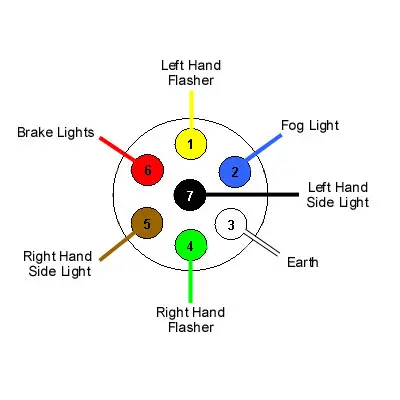Hi there,
I’ve had a Towbar fitted to my Nissan Juke so that I can tow our little caravan about locally.
The issue is that when the caravan is plugged into the socket on the car, the lights on the caravan don’t work on it. Ie when the indicators etc are going on the car they’re not going on the caravan.
I have had 3 people with towbar a plug the caravan in and they work absolutely fine.
The garage response is that the Towbar electrics work fine when plugged into the MOT tester.
Anyone got any experiences with sort of thing?
Thanks
I’ve had a Towbar fitted to my Nissan Juke so that I can tow our little caravan about locally.
The issue is that when the caravan is plugged into the socket on the car, the lights on the caravan don’t work on it. Ie when the indicators etc are going on the car they’re not going on the caravan.
I have had 3 people with towbar a plug the caravan in and they work absolutely fine.
The garage response is that the Towbar electrics work fine when plugged into the MOT tester.
Anyone got any experiences with sort of thing?
Thanks



